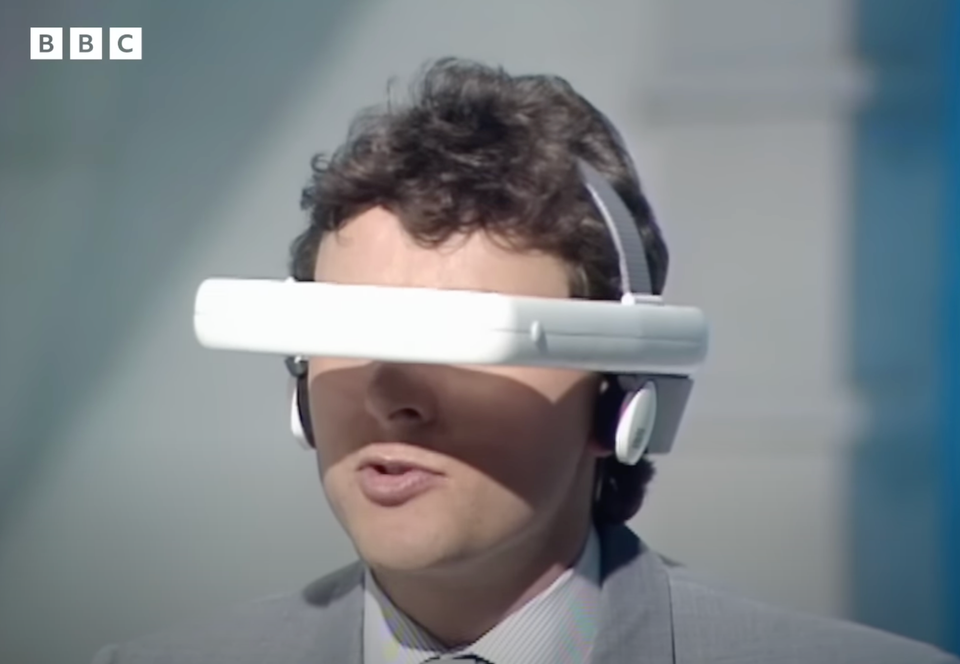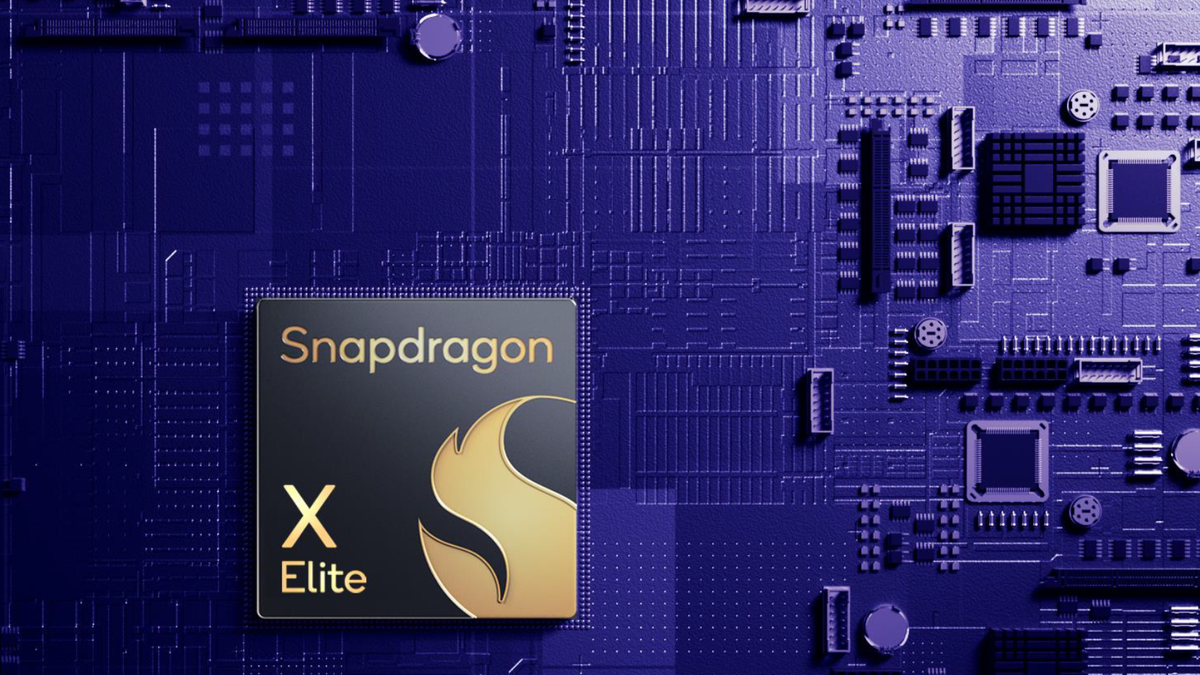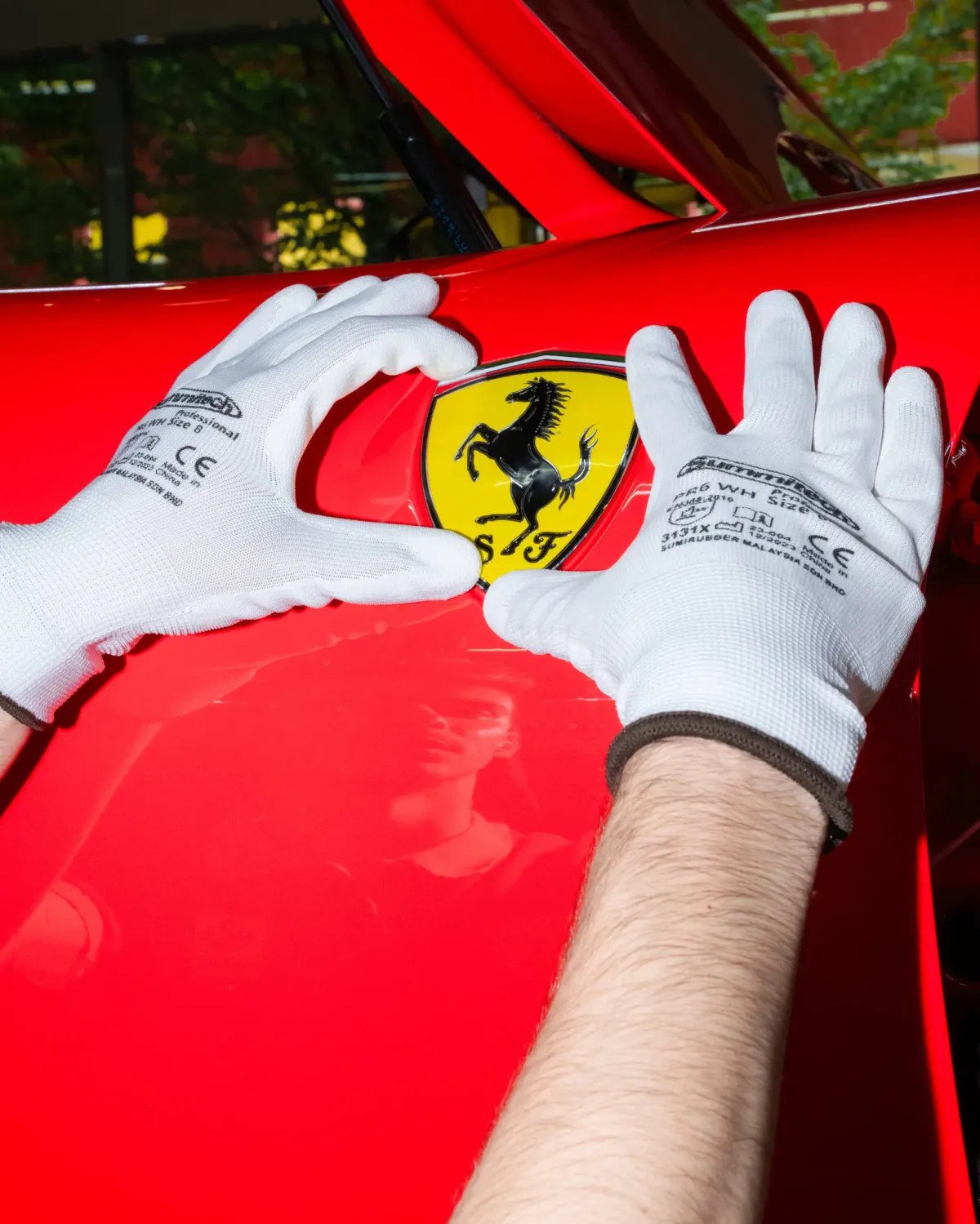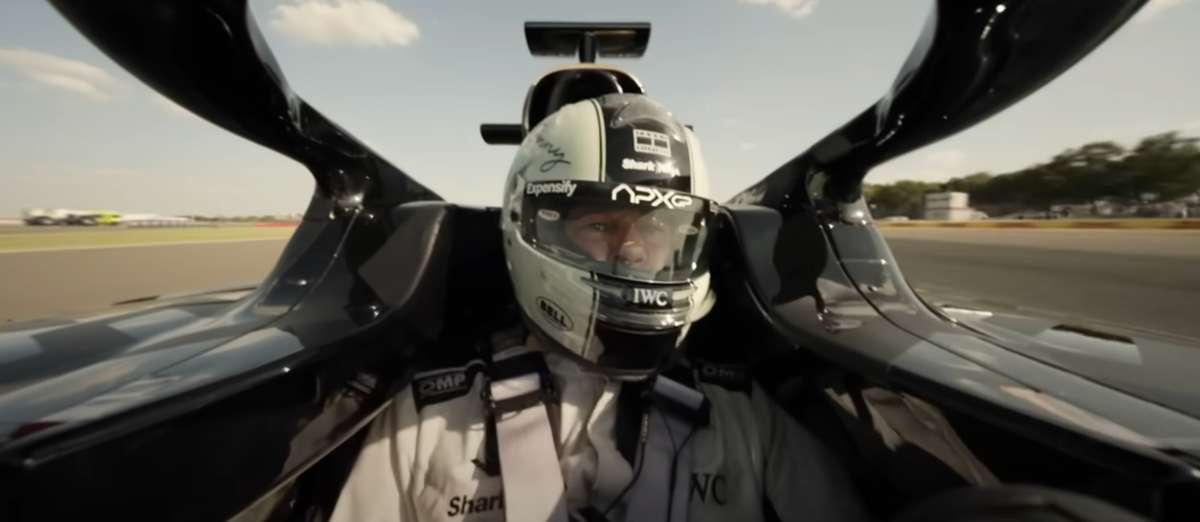Inventing the Future vs. Extrapolating It

There's this video that was shared by a meme account a few weeks ago that Tyler Cowen linked to recently, which is where it caught my attention and has stuck in my head since. It's from 1987 and it's actually an old BBC segment attempting to predict what technology in the 21st century would bring. The shorter clip is not even 90 seconds, but it's sort of amazing.
Not because it's right – of course, it's not. Though there are a few things... But also not because it's wrong. But how it's wrong.
It kicks off with a host explaining that these are predictions for "what today's science and technology will do for tomorrow's person". Standing to her right are two figures who are clearly meant to be dressed like they're from the future, but instead just sort of look like they're from a Berlin night club in the 80s. Or a David Bowie music video. Or both.
"Greetings, 20th century people," enters a man wearing a mostly normal-looking suit. One thing that visions of the future often fail at is trying to guess far off fashion trends. The reality often seems to be that such apparel, at least in the shorter terms, often look pretty close to what the current attire looks like. Maybe some trends come back around and the colors change, but as fun as it would be if everyone was wearing neon all the time, that's what the 80s were for. And so German synth folks aside, they actually get this right in that regular old suits are still being worn by many today.1
Of course, it's not just a "regular old suit" it's a future suit. "The suit is chemically treated to make it thermo-sensitive." It's not a bad idea, actually. But it's not our reality. In fact, the closest we may have come to that was back in the 80s with Hypercolor shirts. Plenty of fabrics wick away and/or absorb sweat now, but it's hard to see how "chemically treated" would fly in 2024.
"I don't have much in my pockets, a few smartcards and holograms of my family." Smartcards? Sort of; most credit/debit cards are now "smart" in that they offer tap-to-pay and IDs usually have some sort of chip. But this starts to hint at their big miss here... Holograms of a family is just sort of funny. The 80s loved holograms. I recall going to arcades and seeing some holographic games. They did indeed seem like the future in ways, but they ended up being largely a gimmick.
Interestingly, the concept has sort of come back around of late with Apple's "Spatial Computing" in the Vision Pro. Videos that have a sort of holographic look are actually very cool and can give you a pretty emotional experience if they're of your family. But I'm reminded less of these "holographic cards" and more of the 3D videos in the film Minority Report.
That film, released in 2002, famously had director Steven Spielberg holding a "Think Tank Summit" with futurists meant to come up with realistic tech for 2054, when the movie is set. We're now 22 years past the release with 30 years to go until the setting of the movie, so almost half-way. And it's pretty decent! While we don't have cities paved with magnetic roads to keep cars zooming along every which way, self-driving cars are now a reality in some cities, so we're creeping closer.
While we're not exactly using our computers as if we were conducting a symphony, again, the Vision Pro has elements of this from the UI perspective. As does multi-touch, of course. Even the concept of "pre-crime", which came from Philip K. Dick in the 1950s, sort of haunts the background of our reality, with AI and algorithms threatening to figure out the odds of various things happening. The most unrealistic element may be the Nokia phones!2 Which leads to...
"And we finally solved the problem of lost keys." Our 1987 friends think that fingertips will open all doors in the future. And that's true with some smartlocks. But mainly we either use our keys or yes, our phones. And yes, those phones are now often unlocked by our fingertips. So they were sort of close, if indirectly. But again, this speaks to the elephant they missed in the 21st century room...
"...and I carry my office round with me as well." Yes! We do this! Though it's not in a portable toilet-looking briefcase.
"Now, this isn't just a watch or just a TV phone." He's getting closer! Oddly, the Apple Watch doesn't play video, let alone offer up TV, but it does pretty much everything else. And it does it without needing to be plugged in as this guy's Casio-looking watch oddly is. "It's also satellite connected so I can receive information – any information I want – from any computer I have access to around the world." Yes! We have this! Our smartwatches don't connect directly to our computers at home, but they do connect to our smartphones (and to servers in the cloud, of course). Well done, 1987 team!
"And I carry a printer for that information in my briefcase..." No. No, no, no, no, no, no. Just when 1987 had it, they swerve wildly off course. "So that when I get a message, it all prints out." I mean they literally had at least part of the answer right there with the smartwatch. And yet they think you're going to need to print out any message you get. Because of course who would want to read a message on a screen when you can print it out and hold it in your hands to read it on paper?
Well, a few billion people, as it turns out.
This is so great because can you just imagine what a pain in the ass it would be to carry around a printer, versus just pulling up any and all information on your smartwatch? Or yes... your phone. That's obviously the big miss here. In 1987 they had cellular phones, but they were the Gordon Gekko-in-Wall Street and Zack Morris-in-Saved by the Bell variety. A combination of hugely awesome for talking to anyone from anywhere, hugely expensive, and just literally huge.
While the 1987 brain could probably imagine such devices shrinking and getting less expensive over time, they had no real frame of reference for them becoming sheets of magic glass with access to all of the knowledge of humankind at all times. I mean, again, they were close with their watch. But it may have been hard to realize that you'd need/want a smartphone too if you had such a watch. Especially if you thought everyone would still want messages printed out. I mean, Donald Trump would love this future, but no one else does.
But we saved the best for last. "How about this for a bit of future entertainment?" And my guy pulls off the top of his bidet briefcase to reveal that it's not a piss pot but actually a headset!
"This is my 3D TV. And I can shut out the world for the brief moments that I'm still stuck on mass public transport systems." It looks like a cross between a Vision Pro, Meta's Quest, and Geordi's visor in Star Trek. That's in part because it looks like future man is putting his headset on backwards. What's all that stuff in the back for if not optics? Battery, I guess? Good on 1987 for recognizing that issue?
While the Quest has been coming into its own as a gaming device, the Vision Pro is still finding its way and form. But I believe a "3D TV" remains perhaps the most compelling use case right now. The only real miss here is the notion that people would be wearing such a device in public. Maybe while stuck in your seat on an airplane, but not on public transportation. At least not yet. They were right that it sadly needs a briefcase to carry around though.
Anyway, this is all good fun.3 The predictions are impressive in some ways, and impressively off in others. My main takeaway, and why I'm still thinking about this video, is just how easy it is to frame the future through extrapolating out current reality. And that can work as natural and obvious progress is made in many fields. But you'll likely miss the truly profound changes.
As noted, 1987 knew about cellphones, but they just assumed they would jump to the watch as components shrunk. And they have! But the actual phone aspect is no longer the interesting element of such a device. Data, of course, took over, which the video also basically recognizes, but doesn't realize just how we'd be interacting with it. Not printed out, but on a small screen attached to those newfangled phones. Screens you could touch. Screens infinitely more capable than paper thanks to the power of the internet.
That was the miss. While the internet existed, the World Wide Web did not to give the connective tissue and UI to information. And then Google would come along... Meanwhile, screen technology would get better to the point where tablet computers finally felt inevitable. But Apple's early work was still a ways off – until they realized they could retrofit their multi-touch systems into a screen for a phone. Many scoffed, quite literally, at the idea of a smartphone without a physical keyboard. But the upsides won the day. The technology won the day.
It was all there in varying forms in 1987, but there was no way to see how all the pieces would be put together in the ways that power 2024. And in 2024 it's fun to wonder about what's out there but that we can't see just yet...
One more thing: all the new advances in AI and vocal computing have been reminding me recently of another futurist concept video. One also, incidentally, from 1987. One from Apple – we are very close to this...





1 I have no idea why he's doing a "Rock On" or "Devil's Horns" hand gesture. It's probably just tied to the lame alien/time-traveler joke. Or maybe he's just a Texas Longhorns fan?
2 A lot more about the Minority Report tech here...
3 Don't miss the bit in the longer video where our man from the future's tie changes color to indicate he has an illness. As if that's the best way to do that!

